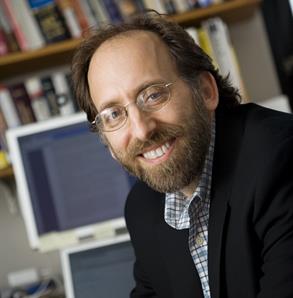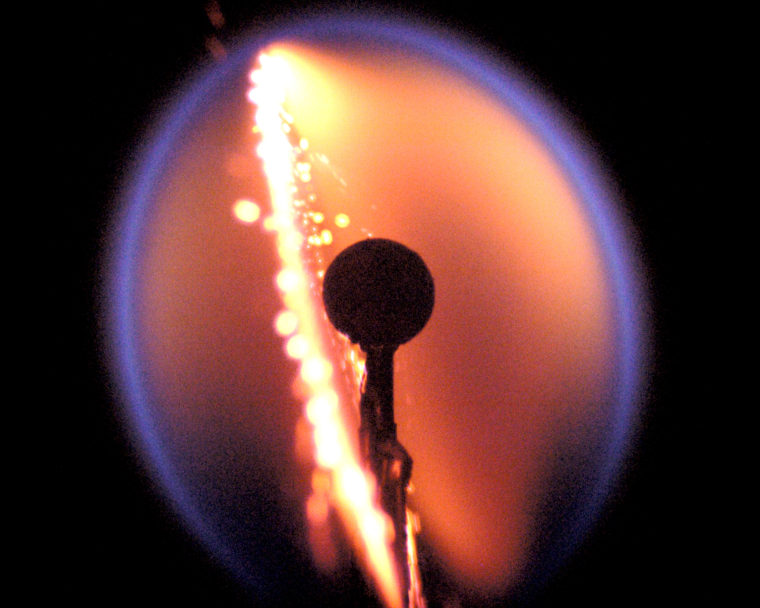An experiment designed by an engineering team at Washington University in St. Louis soon will be performed in space.
The experiment, called Flame Design, was on board a SpaceX Dragon rocket that launched into orbit June 3 and arrived at the International Space Station (ISS) two days later. Scientists there will conduct the experiment in 2019 and 2020. Flame Design is part of NASA’s Advanced Combustion via Microgravity Experiments (ACME) project. ACME is a suite of experiments that will be performed in the Combustion Integrated Rack onboard the ISS.

Richard Axelbaum, the Jens Professor of Environmental Engineering Science in the Department of Energy, Environmental and Chemical Engineering at the School of Engineering & Applied Science, is the principal investigator of the project. Flame Design seeks to improve our fundamental understanding of the formation of soot — a major pollutant — and how it can be controlled. The findings will be useful for developing guiding principles behind designing flames that are both strong and soot free. The approach employed is relevant to oxy-combustion technologies, which are being developed for mitigating greenhouse gas emissions from power plants through carbon capture and storage (CCS).
Additionally, Flame Design will allow ISS scientists to observe flames in zero gravity, a phenomenon that’s virtually impossible to study on Earth.
“Since flames are hot, buoyancy causes flames, like the simple candle flame, to rise,” Axelbaum said. “In space, with the absence of gravity, we are able to manipulate the flame in unique ways that allow us to unravel the mysteries of fire. This better understanding of combustion could help control pollutants emitted during combustion processes on earth.”
Video of the SpaceX flight webcast is found here. Axelbaum is available for interviews and may be reached at axelbaum@wustl.edu.
